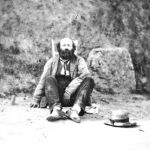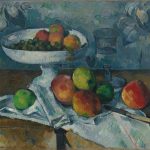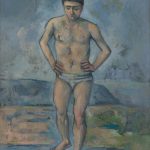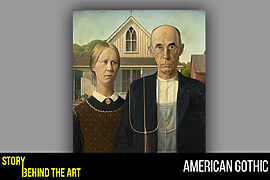Paul Cezanne was a French artist and Post – Impressionist painter born on January 9, 1839. There was a transition from the 19th century to the 20th century in which he tried to form the bridge through his conception of artistic endeavors produced in a wide range. Many artists have said that he is the father of us all. He was born in the southern French town known as Aix- en Provence. He was the son of a wealthy banker and a very good friend of Emile Zola, who was a famous novelist and was called a man of letters. Paul’s father was against his wish to pursue art in Paris, but after many family disputes, he was allowed to go to Paris in 1862. His friend Zola was also inspired by Parisian art and thus influenced his friend too. Paul was very inspired by romantic painters like Eugene Delacroix, Gustave Courbet and Edward Manet. The works were all realistic paintings with a unique style and subject matter showing contemporary art.
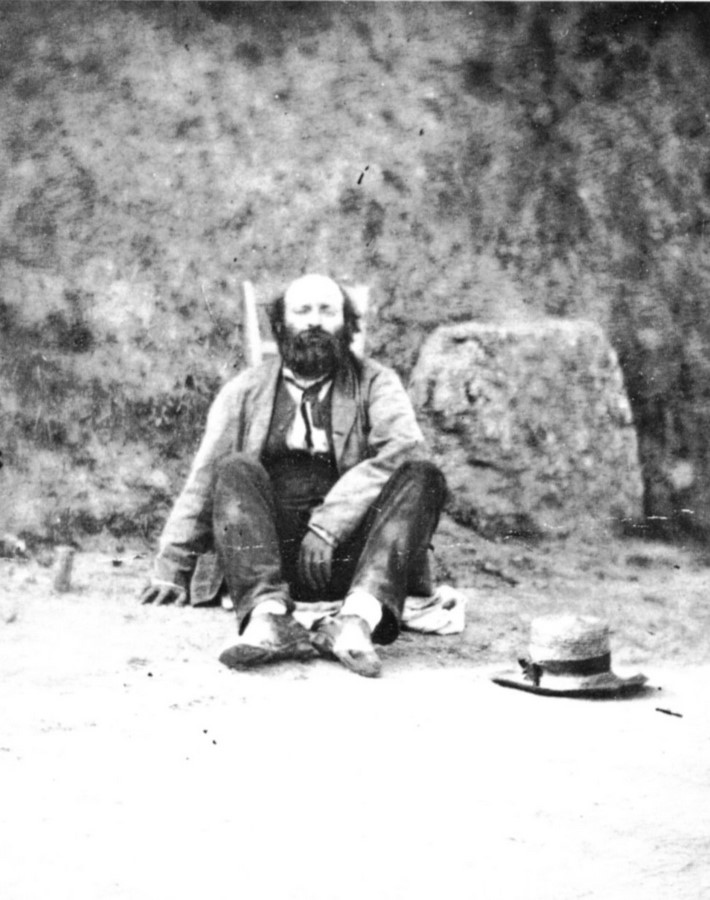
Career – Philosophy and style of work | Paul Cézanne
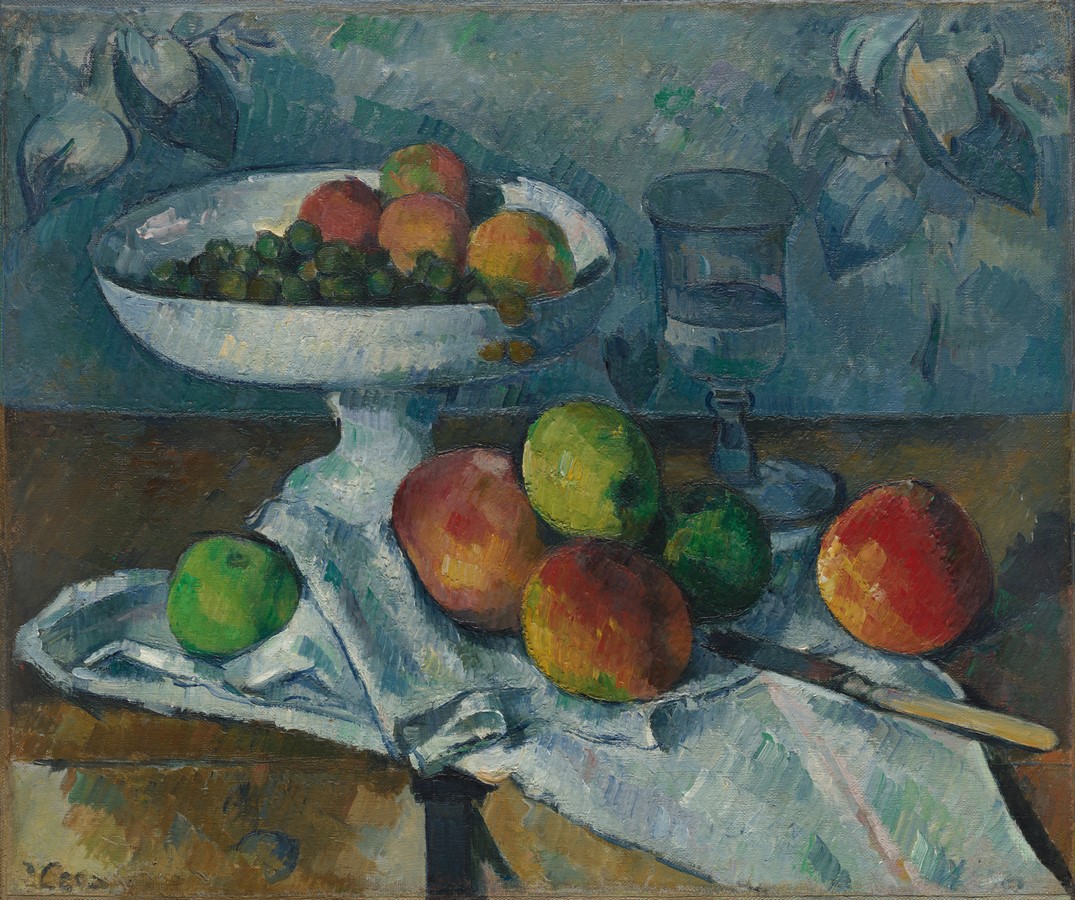
Cezanne’s works were a mastery of designs. The colour combinations, their composition and draftsmanship were repetitive, sensitive and exploratory. He used to play with planes of colours with massive amounts of small brushstrokes. The paintings were magnificent but complex. The sensations could be felt by his observing eyes and abstraction was carved out by observing nature. Cezanne’s paintings are proof of how well he has studied his subjects, having that searching gaze and dogged struggle to deal with the complexity of human visual perception. His paintings were very intense and eventually, he was known as the ‘Father of Modern art’. His paintings were a symbolic representation of a mixture of synthesis of naturalistic representation, personal expression and abstract pictorial order.
His early works were done by using dark tones applied with heavy, fluid pigment showcasing romantic, moody expressionism. These themes were inspired by the previous generations. Eventually, Zola, his friend, had also become a realist novel. Cezanne kept experimenting with contemporary life without imbibing any thematic idealization or stylistic affection. Later on, in his life, he was influenced by Camille Pissaro, a very old but unrecognized artist who lived with a large family in a rural area outside Paris. He encouraged Cezanne to work on impressionist techniques, especially on rendering outdoor lights.
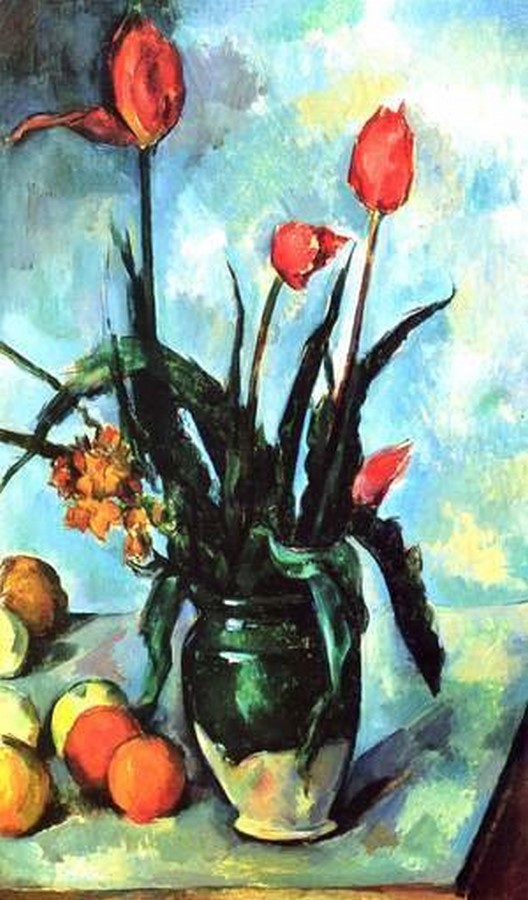
Many artists like Claude Monte, Auguste Renoir and Pissaro developed a painting style which required them to work outdoors on a rapid and reduced scale. There was no need for a sketch or linear outlines before starting the painting. It was made with small touches of pure colour. All the artists painted the transient nature into paintings along with all the passing emotions that they went through while they were outdoors. Cezanne also learnt this kind of art from them. Under Pissarro’s tutelage, in 1872-73, Cezanne shifted his interest from dark tones to bright tones and made paintings based on farmland and rural villages.
Cezanne was less accomplished technically. His works were exhibited in 1874 and 1877 but there was no commercial income gained, rather there was a series of harsh comments passed by people. Cezanne drifted away from Parisians in the late 1870s and 1880s and went to stay at his native place Aix. After 1882, Ziola, his very dear friend, published a novel which described his failures disguised under a character, which led to the breaking of their friendship. At the age of 47, he inherited his father’s wealth and became independent.
Recognition after death
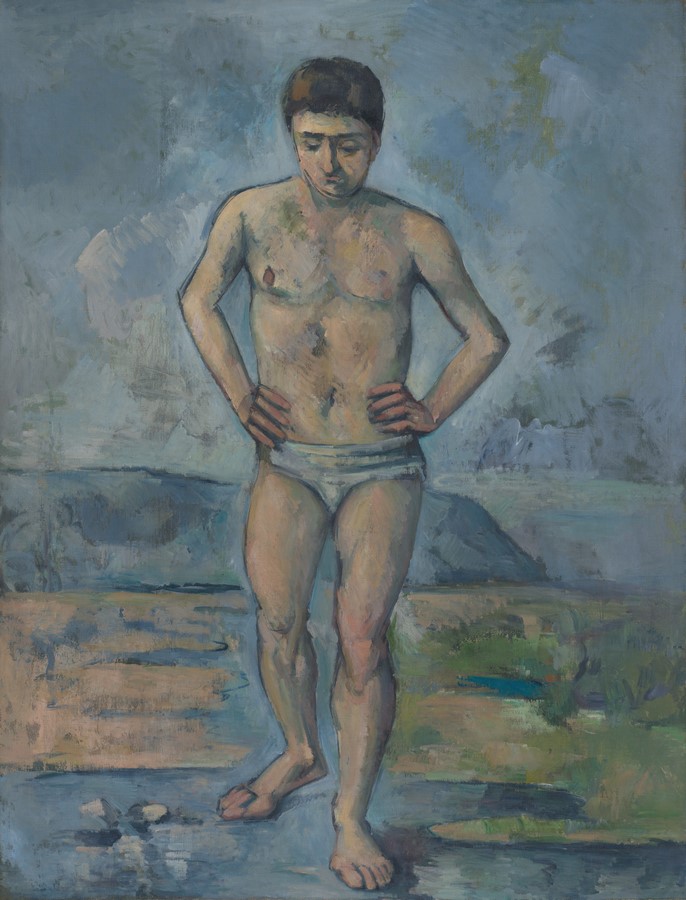
Cezanne had goals which were never attained. He left most of his works unfinished and destroyed other works of him. He always used to say that he failed in rendering the human figures. It is also said that one of his works, such as Large Bathers, was highly appreciated, and he defined a new sense of sincerity and commitment to modern art. He was less recognized. He was known only amongst his impressionist colleagues and a few younger radical post-impressionist artists, such as Dutch painter Vincent Van Gogh and French painter Paul Gauguin. In 1895, Ambroise Vollard, there was a Paris art dealer who used to keep shows of Cezanne’s works which were very successful. The exhibitions were carried out till 1904. By the time of his death, he had become a famous legendary figure. In his last years, many young artists used to come to observe his work and learn words of wisdom. Cezanne’s working style and theory have remained mysterious and cryptic. Paul Cezanne was a great artist who displayed his artworks by using the intensity of colours, and the compositions were complex yet simple. There were abstract and minimal plane original colours used in the paintings. It is his hard work, his journey and his unique style of working that led to him being an amazing artist who is still remembered to date.
References
- https://www.paul-cezanne.org/biography.html



